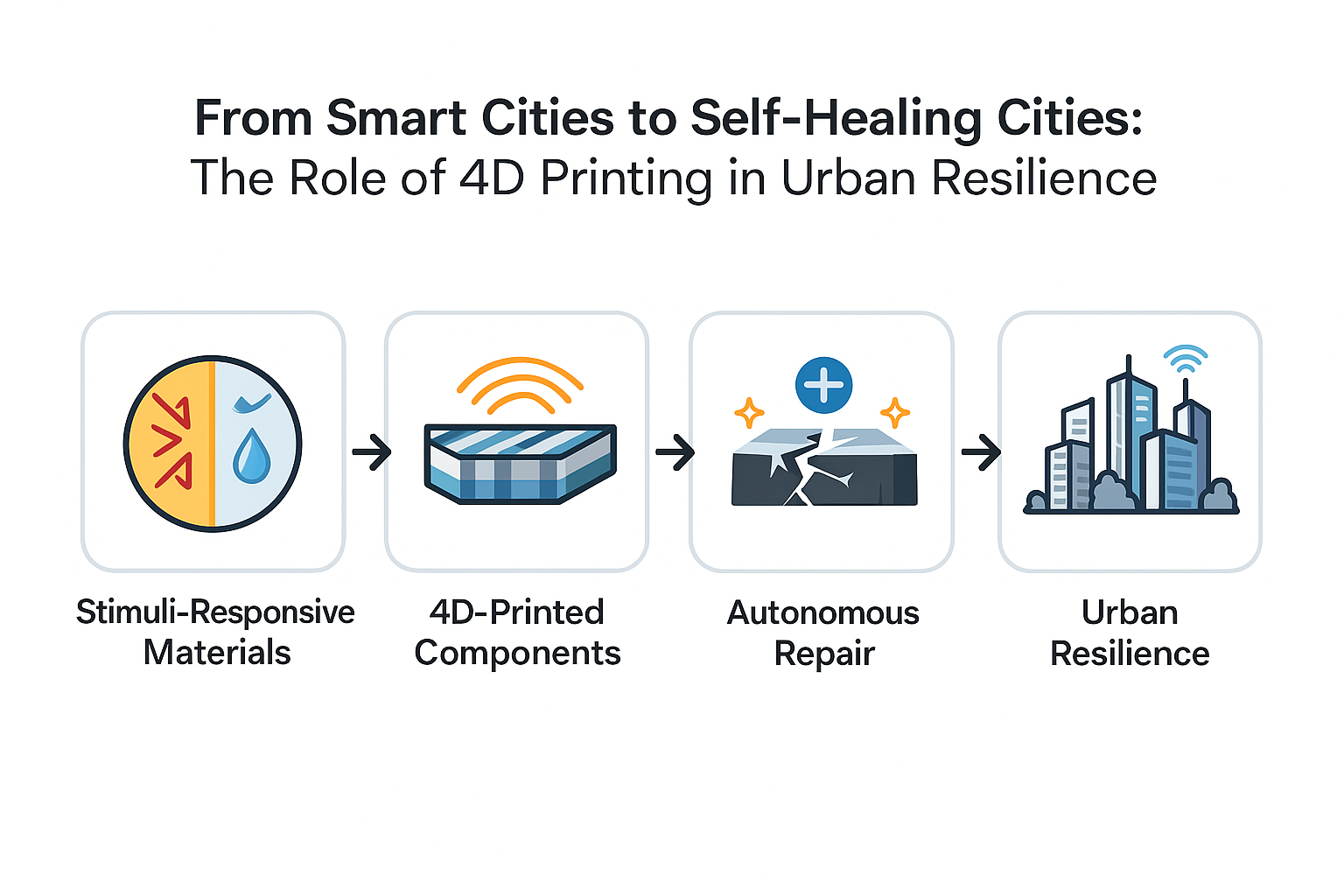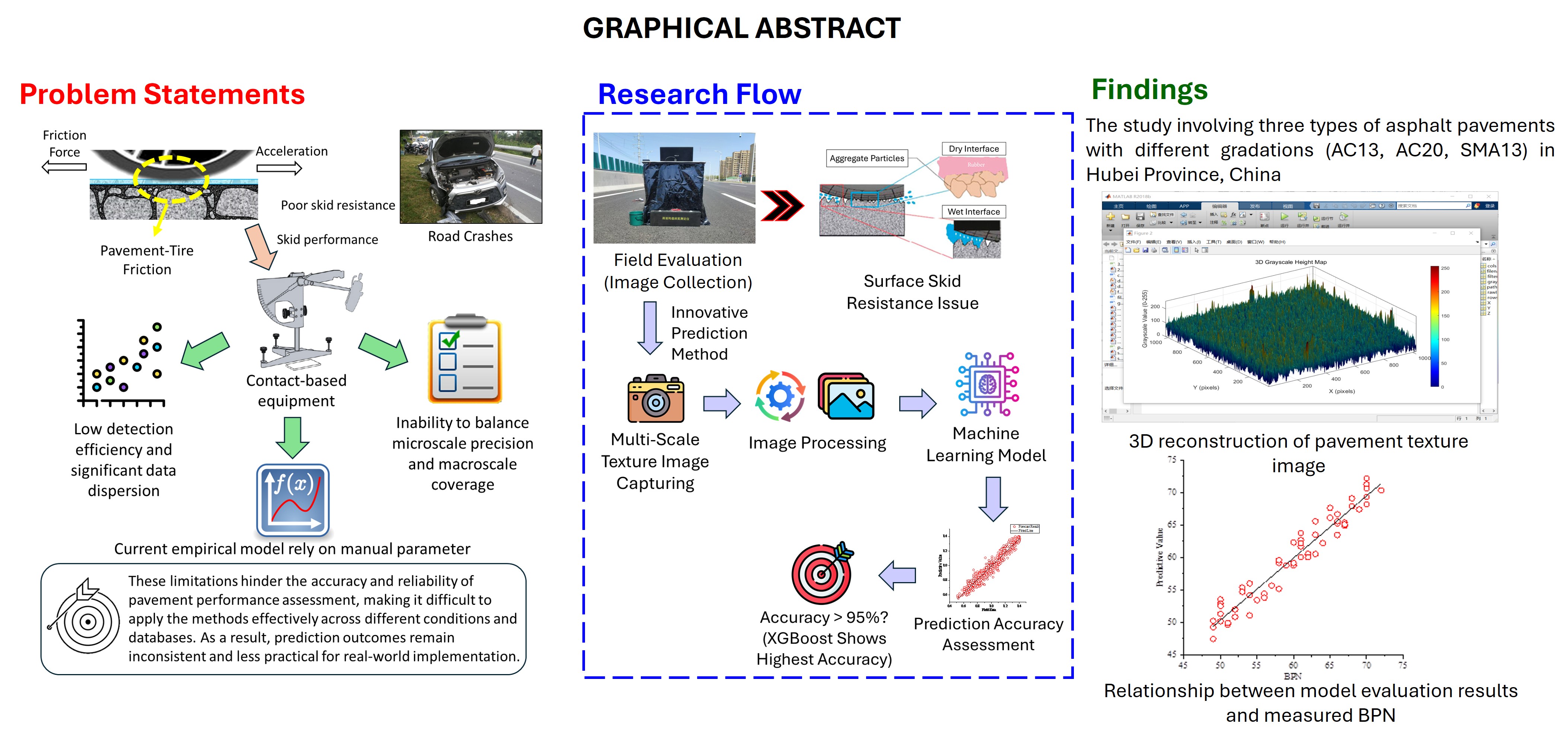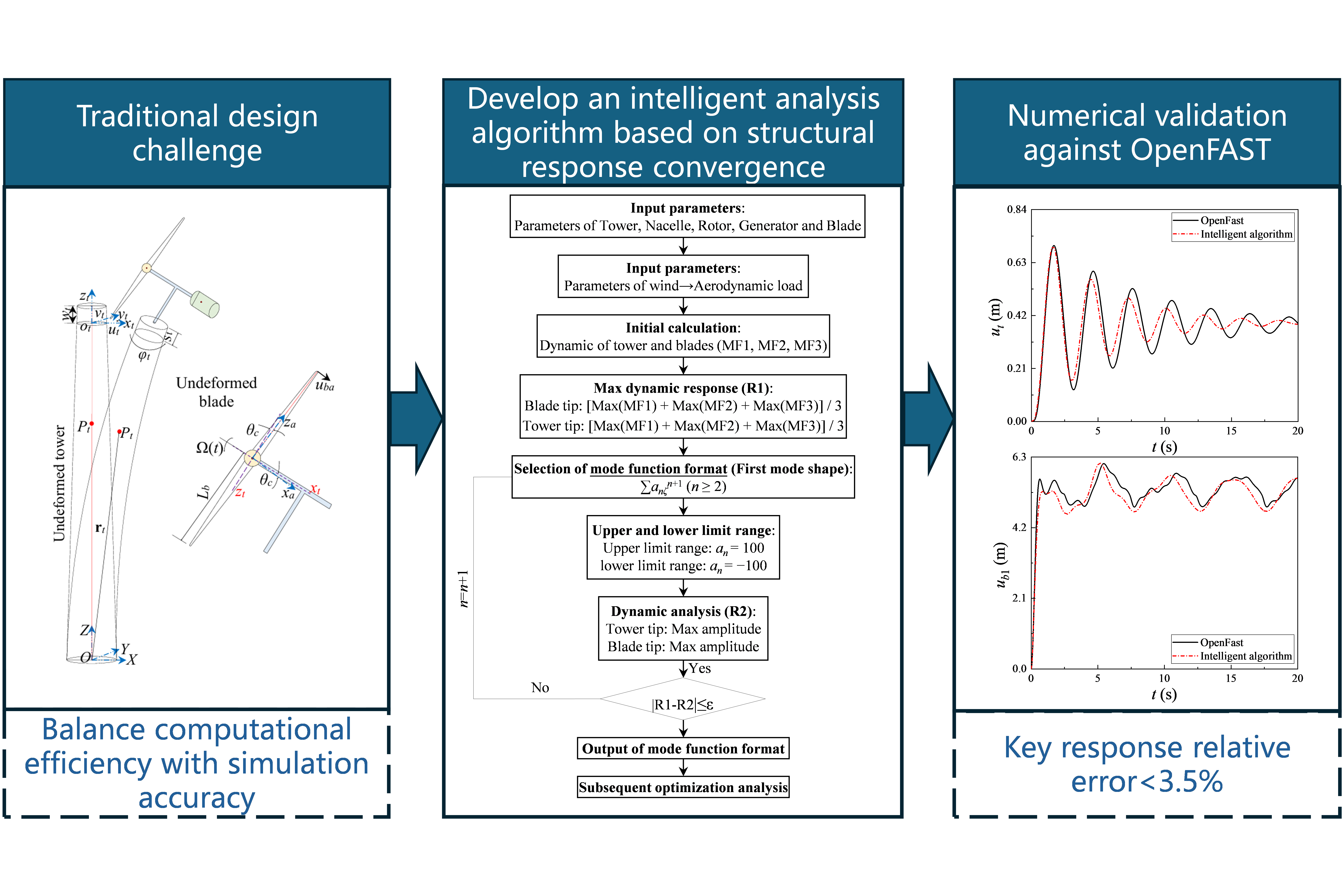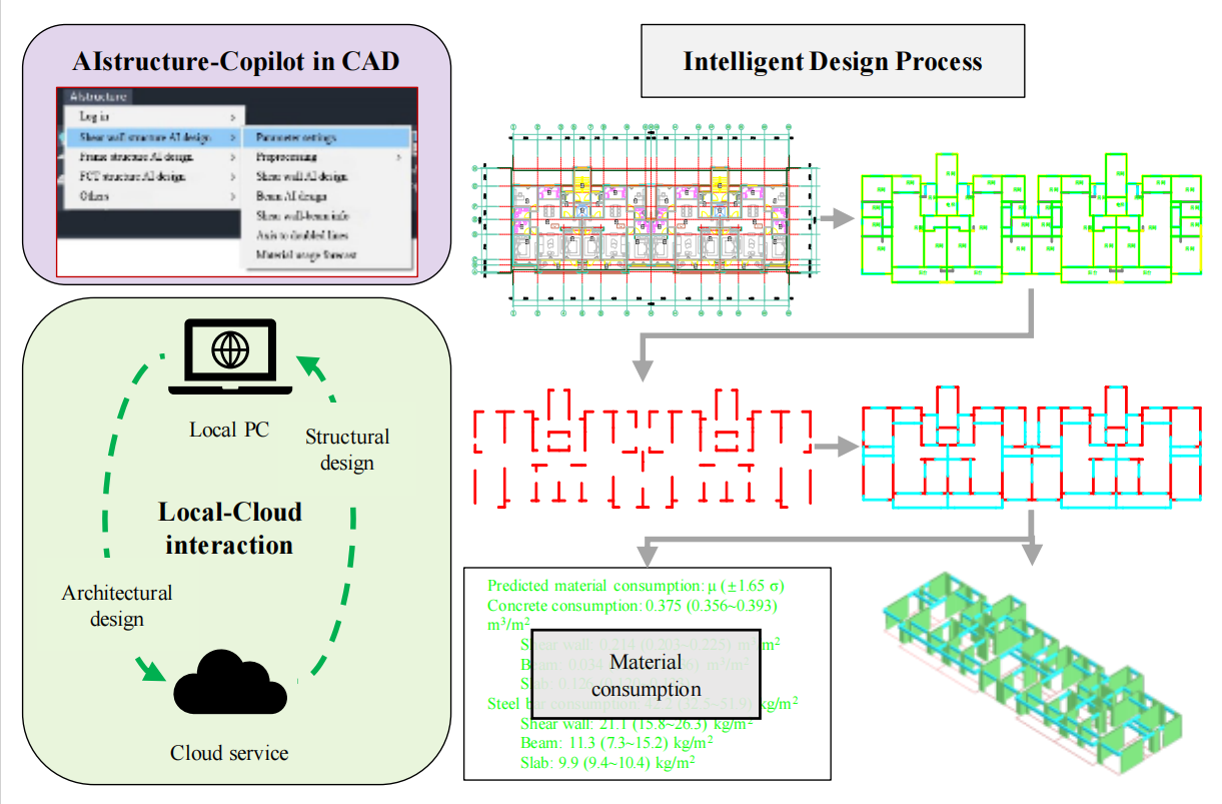Volumes & Issues
Contact
For any inquiries regarding journal development, the peer review process, copyright matters, or other general questions, please contact the editorial office, Ms. Malina Luo, E-Mail: smartcon@elspub.com.
For production or technical issues, please contact the production team, Mr. Jay Zhuang, E-Mail: production@elspub.com.
About This Journal
Topic Collections
Construction's Digital Transformation beyond Building Information Modeling (BIM) and Digital Twins integration
Topic Collection Editor: Manuel Davila Delgado
Construction Site Monitoring and Optimization using Digital Twins
Topic Collection Editor: Byungjoo Choi, Muhyiddine Jradi
Intelligent Condition Assessment and Performance Prediction Towards Resilient and Sustainable Pavement Structure
Topic Collection Editor: Tao Ma, Songtao Lv, Zhen Leng, Yuqing Zhang, Siqi Wang, Hui Yao
Latest Articles
From smart cities to self-healing cities: the role of 4D printing in urban resilience
DOI: 10.55092/sc20250030
Published: 04 Dec, 2025
Research on intelligent analysis method for dynamic response of onshore wind turbines
DOI: 10.55092/sc20250028
Published: 12 Nov, 2025
Editor's Choice
Smart Construction: digitization and intelligence transformation
DOI: 10.55092/sc20240006
Published: 24 May, 2024
AIstructure-Copilot: assistant for generative AI-driven intelligent design of building structures
DOI: 10.55092/sc20240001
Published: 04 Mar, 2024
Top Downloaded
AIstructure-Copilot: assistant for generative AI-driven intelligent design of building structures
DOI: 10.55092/sc20240001
Published: 04 Mar, 2024









